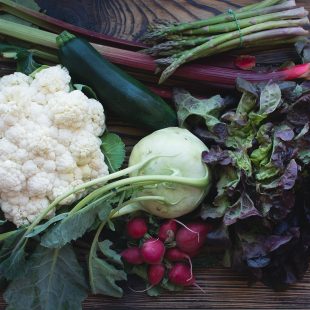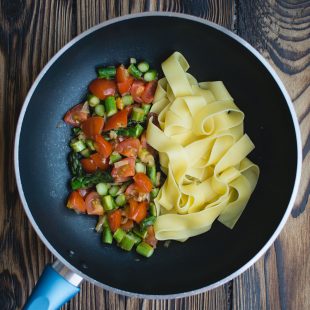Gluten Menu
The menu includes naturally gluten-free food, such as meat, fish, nuts, legumes, fruit, vegetables, potatoes, pseudocereals (in particular amaranth, buckwheat, chia seed, quinoa), only certain cereal grains (corn, rice, sorghum), minor cereals (including fonio, Job’s tears, millet, teff, called “minor” cereals as they are “less common and are only grown in a few small regions of the world”), some other plant products (arrowroot, canary seed (alpiste seed), mesquite flour), and products made from these gluten-free foods, such as breads and gluten-free beer. Gluten-free bread may be less fluffy, so additives are used to compensate, such as corn starch, eggs, xanthum gum, guar gum, and hydroxypropyl methylcellulose. Processing of some glutenous ingredients removes the gluten, such as maltodextrin,and some distilled beverages. Some vineyards use flour paste to caulk the oak barrels, but tests have not detected the presence of gluten in the wineGluten may be used as a clarifying agent in wine, some of which might remain in the product.
The diet excludes foods containing gluten, such as wheat, rye, barley, triticale, kamut, malt, and foods that may include them, or shared transportation or processing facilities with them.
Some cereal grains, although gluten-free in themselves, may contain gluten by cross-contamination during processing steps or transport; this includes oats. Some processed foods may contain gluten, so they would need specific labeling, such as gluten-free ice-cream, ketchup, chicken bouillon, corn cereal, ice cream toppings, malt flavoring, and chocolate. And some non-foodstuffs may contain gluten as an excipient or binding agent, such as medications and vitamin supplements, especially those in tablet form. People with gluten intolerance may require special compounding of their medication.
Regulation of the label gluten-free varies by country. Most countries derive key provisions of their gluten free labeling regulations from the Codex Alimentarius international standards for food labeling has a standard relating to the labeling of products as gluten-free. It only applies to foods that would normally contain gluten. Gluten free is defined as 20 ppm (= 20 mg/kg) or less. It categorizes gluten free food as: Food that is gluten free by composition; Food that has become gluten free through special processing. Reduced gluten content, food which includes food products with between 20 and 100 ppm of gluten. Reduced gluten content is left up to individual nations to more specifically define. The Codex Standard suggests the enzyme-linked Immunoassay (ELISA) R5 Mendez method for indicating the presence of gluten, but allows for other relevant methods, such as DNA. The Codex Standard specifies that the gluten free claim must appear in the immediate proximity of the name of the product, to ensure visibility. There is no general agreement on the analytical method used to measure gluten in ingredients and food products. The ELISA method was designed to detect w-gliadins, but it suffered from the setback that it lacked sensitivity for barley prolamins. The use of highly sensitive assays is mandatory to certify gluten-free food products. The European Union, World Health Organization, and Codex Alimentarius require reliable measurement of the wheat prolamins, gliadins rather than all-wheat proteins.




